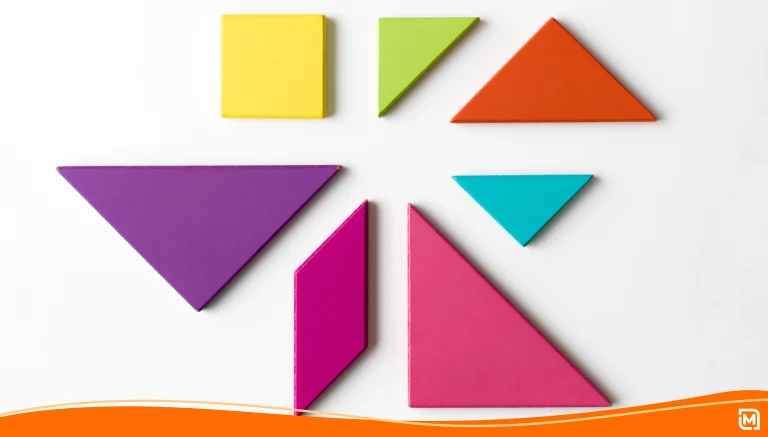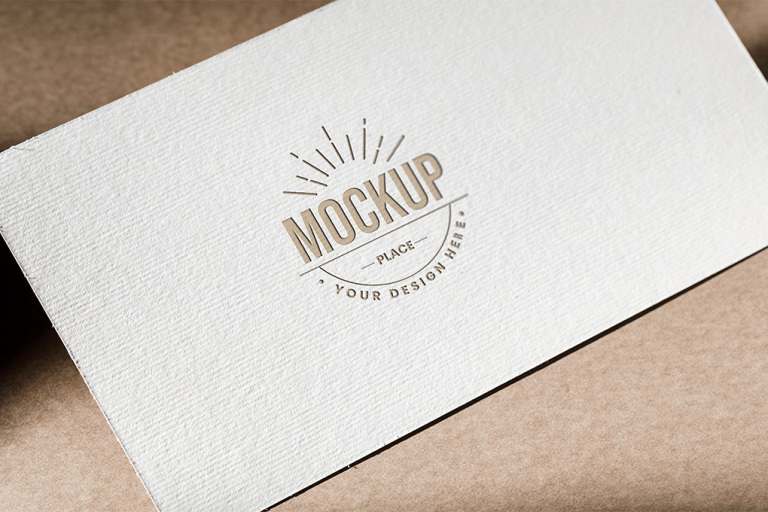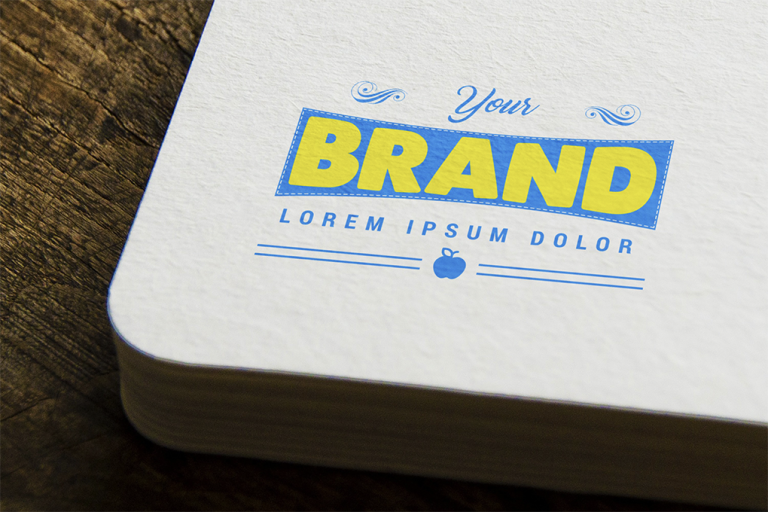 Earlier this week we came across this video of award-winning graphic designer Michael Bierut talking about design and specifically the power of logos. Beirut is a partner at Pentagram—a design powerhouse—and the winner of more than 100 awards for his work. He knows his stuff when it comes to logo design. Here’s what he has to say in the video (emphasis added by us):
Earlier this week we came across this video of award-winning graphic designer Michael Bierut talking about design and specifically the power of logos. Beirut is a partner at Pentagram—a design powerhouse—and the winner of more than 100 awards for his work. He knows his stuff when it comes to logo design. Here’s what he has to say in the video (emphasis added by us):
“I don’t want to over emphasize logos in the world. I think that, basically, if you act with intelligence and integrity and consistency, you’ll develop a brand—whether you’re a person, or a non-profit institution, a small organization, a giant corporation.
What’s fun about logo design, what makes it so interesting, what makes it hold so much power for all of us, I think, is two things. One is that there is something very primitive about it, right? I mean, many of them are just such simple marks. They are not farther evolved much than hieroglyphics, or marks on cave walls from millions of years ago.
And what happens, too, what makes it interesting is that they get invested with meaning. If you take something like the Nike swoosh or the Target target or any symbol that represents a big company, a lot of what we see when we look at that logo isn’t really happening in the logo. It happens in our own mind… it’s inherently participatory, it’s inherently interactive. You’re taking all the experience you’ve had with that product or with that institution or with whoever that symbol represents and you’re imposing it on to very simple shapes that really have no inherent meaning at all.
So it’s a delicate thing to manipulate—very hard to talk about with clients sometimes because it’s confusing. They’ll want a new logo, then you show them the logo, and they say it doesn’t mean anything. I want a logo like Nike’s. But the Nike guys, when they were shown that logo, they wanted an Adidas logo, that’s what they wanted. They wanted three stripes, and instead they couldn’t have three stripes because another shoe already has three stripes. Here’s something you can have, it’s this thing that looks like a chubby check mark.
Now people think it means something. It didn’t really mean anything then, except what it came to mean because of everything that Nike did to support it. Not just the advertising, but the experience you or I or anyone else has had wearing those shoes, doing something athletic and taking some satisfaction out of it and coming to associate it in some vague way with that particular brand. So there is a kind of magic and a kind of joy in it that make it fun.”
We love the way he describes the process of logos coming to mean something over time, rather than being infused with meaning at the moment a designer conceives it. While a logo design can hint or suggest an idea (for example, an eagle icon might suggest soaring, flight, or even America; while blurred lines might suggest speed or distance), logos take their meaning as they are associated with a product or company and customers have experiences with the brand. Well said, Mr. Bierut.
And you can see a sample of Mr. Bierut’s work in this interview conducted by DesignBoom.



